Tips for Safely Visiting National Parks
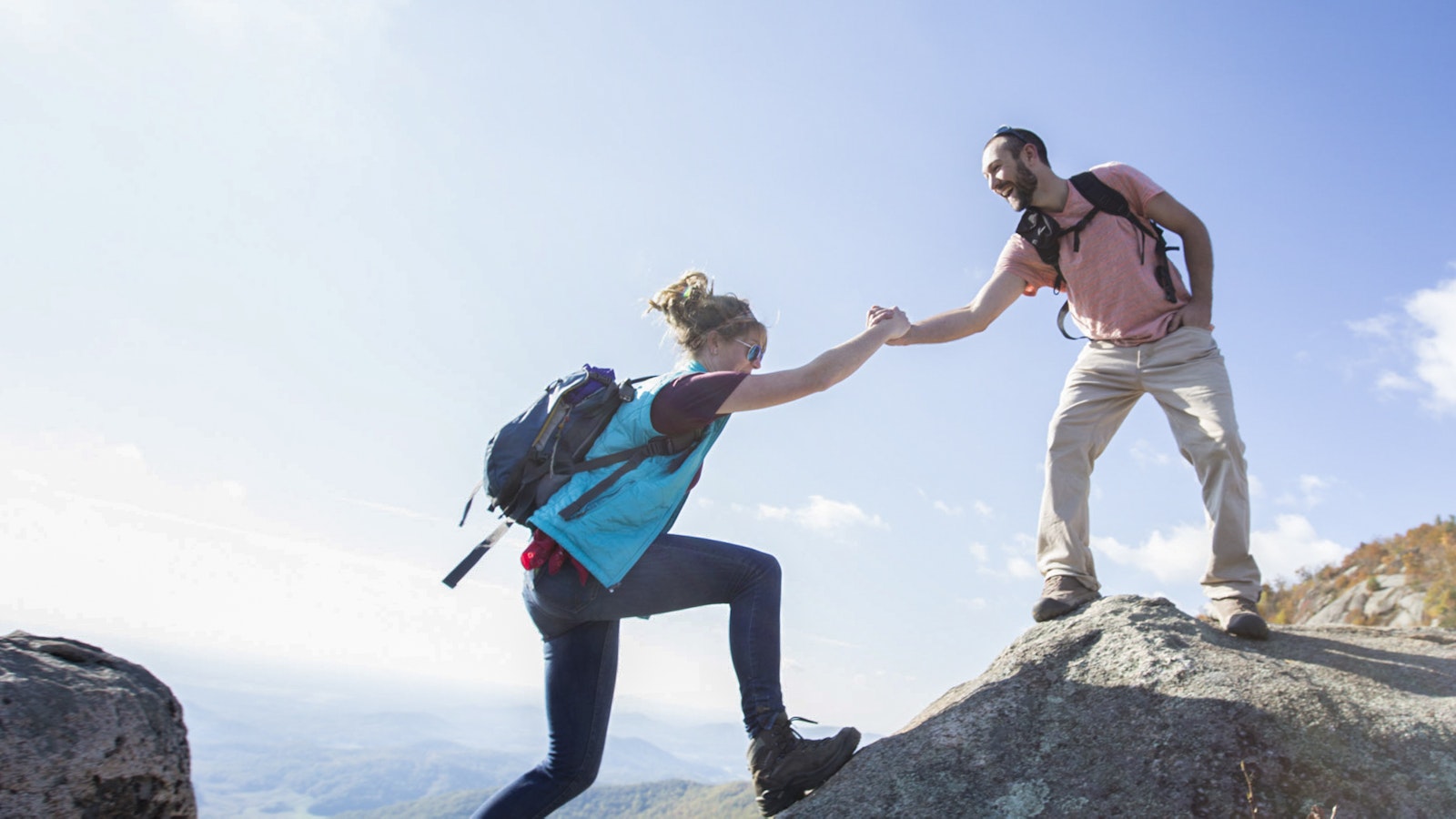
.
.
We know you love parks – we do too! As with everything, safety must come first when you’re visiting a park. Whether you’re visiting a historic urban neighborhood or seeking the expanses of breathtaking landscapes, make sure your next visit is a safe one by following these simple tips.
Before You Go
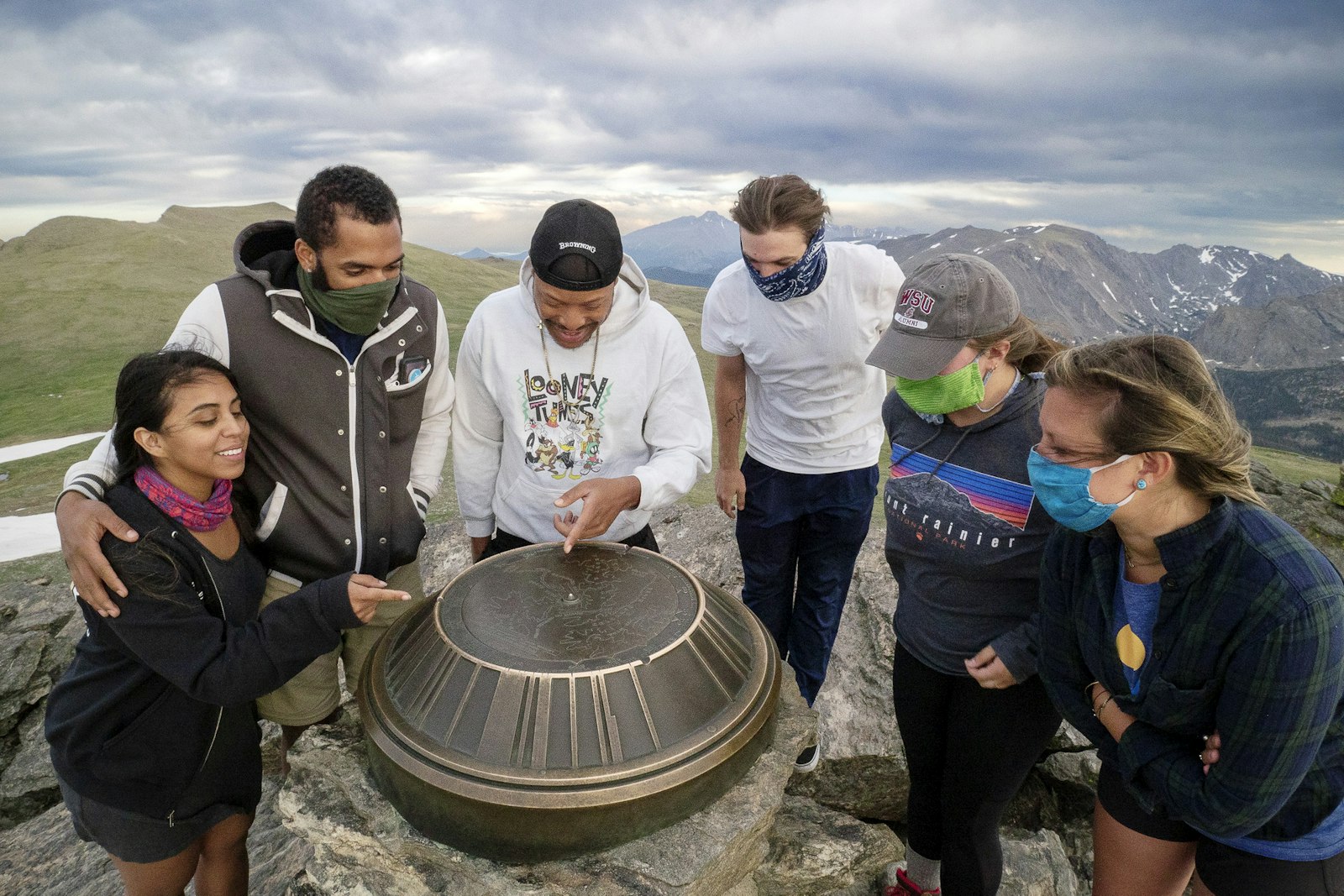
There are a lot of things you can do before you head to a park to ensure your visit is safe and enjoyable. Planning is key when it comes to a park visit, and it’s crucial to “know before you go.”
Pick a Park
The first step is an easy one – find a park! Use our park finder tool to sort through parks by state or activity offered, or take our Find Your Park Quiz for personalized recommendations. Consider the season you’ll be visiting the park, the length of your tip, and what activities you might want to do while in the park. Do your research on the park’s website and social media channels to explore any ranger activities you may want to participate in or their own tips for visiting.
One of the best ways to find a park is to explore locally. A park trip is a great opportunity to explore your own backyard, especially if traveling long distances is off limits. If you can’t make it to a park, discover ways to explore national parks virtually.
Pick Your Activities & Know Your Limits
Once you’ve found your park, explore the ways you want to enjoy the park. From driving tours to backcountry hikes, there are many ways to enjoy the wonder of our national parks. Check the park’s website and download the National Park Service app to explore maps, park tours, amenities, accessibility information, and visitor attractions at the park of your choice. Make sure you check the requirements for any permits or food storage and disposal, group size restrictions, and any park regulations by visiting the park’s website. Note if there are any park closures at the time of your visit.
When planning a park visit, it’s important to consider the limits of you and your other group members. Choose the activities you can all enjoy and reduce the chance of needing to be rescued by assessing the skill, experience, fitness level, and any other medical considerations, such as required medications, of everyone in your group. Sketch out the basics of your trip and make any necessary reservations.
Play It Safe
When undertaking more rigorous activities in parks, it’s important to develop and practice an emergency plan that will help you and your group respond to a lost or injured group member. You should not count on cell phone reception in parks, so it’s important to develop and practice your plan before you head out, so everyone knows what to do in the event of an emergency.
Plan ahead for your trip to the park itself and learn about the environment and hazards of the park that may delay or alter your visit, such as inclement weather. Develop a back-up plan, with alternative activities or a rescheduled date, in case something throws a wrench in your plans.
Groups of park visitors may want to designate group members as a trip or safety leader. Safety leaders can prep for a park visit by checking first aid kits, practicing with equipment, familiarizing themselves with the route, or even taking a first aid or CPR course.
Create a Trip Plan Document
A trip plan is a document that includes all the information necessary for your park trip, including travel and activity details, a list of equipment you might need, the people who are joining you on your trip, and your expected return date and time. Use NPS’s trip plan template to get started.
This is an especially important step for those planning longer trips or heading into backcountry . In the event of an emergency, a trip plan will help search and rescue efforts find you. Nature can be as unpredictable as it is beautiful – weather conditions or equipment failure can put you or your visit in danger. Before you head out to the park, leave your trip plan with your emergency contact.
Pack Properly
When it’s time to pack up, make sure you’re including the 10 essentials – must-have tools for navigation, sun protection, nutrition, first-aid, and more. Remember: you can’t always rely on cell service or battery life, so don’t count on your phone to be a light source, a map, or a survival kit.
Follow our guide to ensure your first-aid kit is in its best condition, and ensure everyone will have enough water. If you’re planning a backcountry hike, check out our beginner’s guide to prepare.
If you’re using equipment, be sure to do a test run so you are confident in using the equipment properly. Practice setting up your campsite, for example. Make sure equipment is in working order and that any fitted items, such as hiking boots, backpacks, and life jackets, are the correct size.
Final Checks
Right before you head out, ensure that park conditions are ideal for your planned activity. Check the park’s website for current weather and operating conditions. Make sure to get gas and use the bathroom before you head out to a park, in case facilities are closed. Check in with your emergency contact and leave them a copy of your trip plan document, and double check you’ve packed your permits and any important paperwork.
At the Park
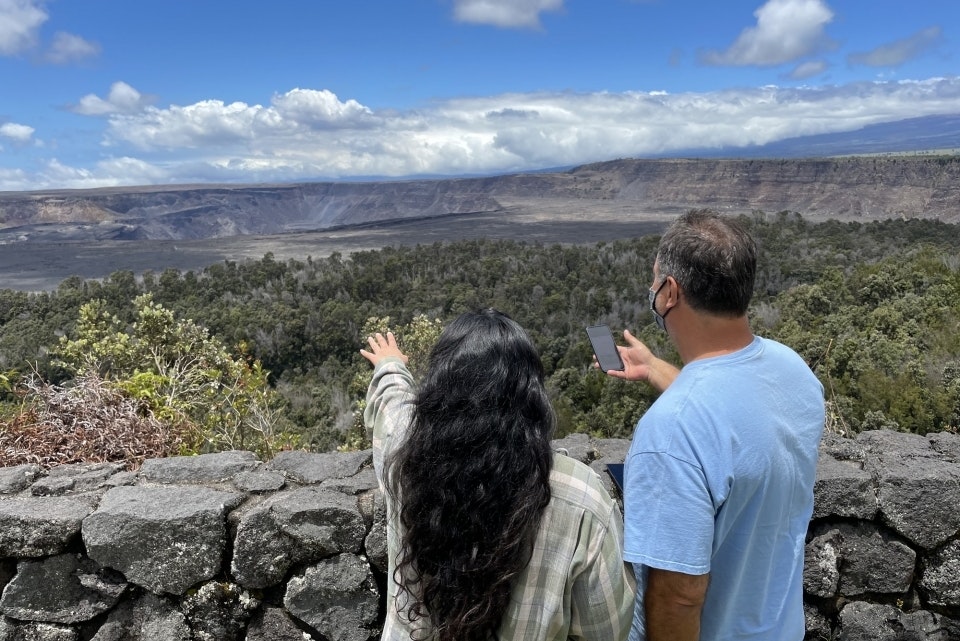
With the planning under your belt, you’re all set for a great park adventure! Once you’re at the park, follow park regulations to keep yourself and other visitors safe. Upon your arrival, check in with park rangers for any information on closures, hazards, or expected weather changes.
Stay on the Right Track and Stick Together
Stick to your intended route during your activity, unless you happen to encounter a safety hazard. Reduce your risk of serious injury by staying on designated trails and avoiding shortcuts. If you’re traveling as a group, stay together and make sure no one wanders too far. Separation from the main group could lead to a lost or injured group member, so it’s best to stick to the buddy system when in a park.
Check in with yourself and others – make sure you’re staying hydrated and feeling well. Keep your eyes peeled for weather changes and wildlife. Take breaks if necessary and assess if your route needs adjustment to keep everyone safe and well. If something impacts your activity, you might want to revert to Plan B and head back rather than forging ahead on a new route.
Keep Your Distance
Speaking of wildlife, maintain a safe distance between yourself and any park wildlife. Just as wildlife poses a risk to visitors, visitors also threaten park wildlife. Give animals room to move – many parks require a minimum distance between visitors and wildlife – and observe from a distance.
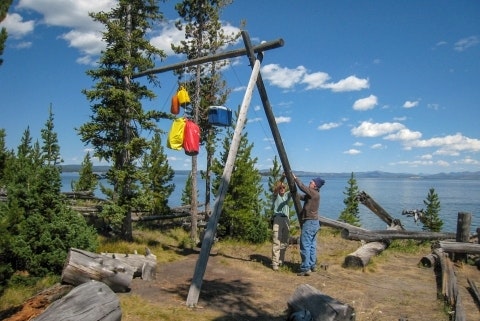
Do not disturb wildlife, even when you’re farther away, and if you’re traveling by car, keep your eyes on the road to avoid unexpected encounters. Store your food properly so it doesn’t attract animals. Remember – you’re the visitor in the place that wildlife call home!
Keeping your distance applies to other human visitors too – follow the park's social distancing guidelines and be respectful of other visitors' space, especially inside park buildings. Additionally, masks may be required indoors or when distance between people cannot be maintained. Check park guidelines before you set out and pack face coverings to be safe.
Build an Inclusive Outdoors
National parks are here for all of us to enjoy. Be an active part of making the outdoors safe and welcoming for park visitors of all identities and abilities. Be courteous of other people and respect everyone’s space and quality of their experience. Tune in to episode 24 of the National Park Service’s FriYAY podcast to hear some ideas about how we can work together to create more equitable spaces from NPF’s Chief Program Officer LaTresse Snead.
Leave No Trace
During your park visit, pack out any garbage. Your actions in parks can have effects on plants, animals, other people, and even entire ecosystems, so it’s important to help minimize those impacts. Dispose of your waste properly: Remember to inspect your picnic area and campsite for trash or spilled foods and take all your garbage with you, including leftover food, any toilet paper, and hygiene products.
Make sure you’re leaving natural objects as you found them and avoid introducing or transporting non-native species out of the park. Following the seven Leave No Trace principles helps keep the park a safe, clean place for visitors.
After the Trip
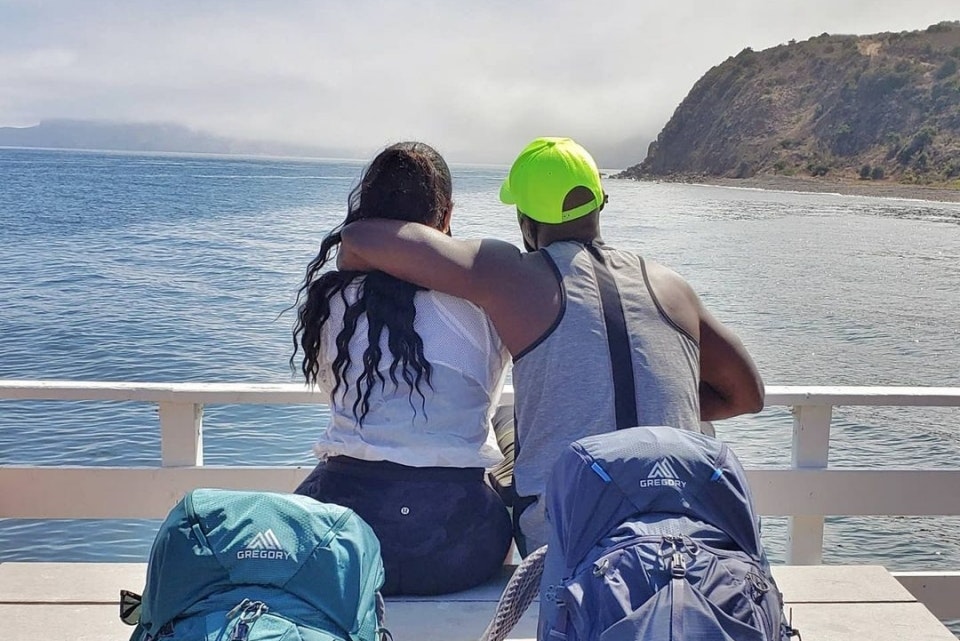
Every trip to a national park is a memorable experience. Take the time to reflect on your time in a park, the steps you took to make this trip a good one for you and the park, and start planning for the adventures you look forward to next.
Quick Checks
Check in with your emergency contact to assure them you’ve made it back safely. Check for ticks if you were in an area where they are prevalent. Remember, if Fido came with you on your trip, check your pet for ticks as well!
Share Your Experience
Have a favorite picture from a park trip? Share your pictures with us and browse other’s favorite park pics in our Share Your Park Gallery. You can even submit your best park picture to our Share the Experience Photo Contest!

If you have a tip for visiting a particular park, such as a favorite overlook or ranger tour, submit a recommendation to our Find Your Parks Pics & Recs Gallery.
When sharing your pictures on Instagram Stories, use NPF’s stickers – search for “National Park Foundation” in the stickers search bar to make your photos pop.
Connect with other national park lovers by joining NPF’s Facebook Group. You can also follow us on Facebook, Twitter, Instagram, and LinkedIn to hear about our latest projects in parks and discover ways that you can get involved. From volunteering to virtual events, there are many ways to support our parks.
Of course, the best part about coming home from a park trip is thinking about where you’ll go next! With over 400 national park sites to visit across the country, there is always something new to discover. Remember, plan ahead, stay safe when you’re visiting a park, and help us keep parks preserved so present and future generations can enjoy all the benefits our parks have to offer.
Note: This guide was prepared help visitors avoid some of the most common national park trip mistakes. Some of these suggestions may need to be adjusted to meet the needs of the people in your group, the park you’re visiting, the season you’re making your visit, and any other considerations. For further tips, check out the National Park Service’s guide: “Plan Your Vacation like a Park Ranger.”